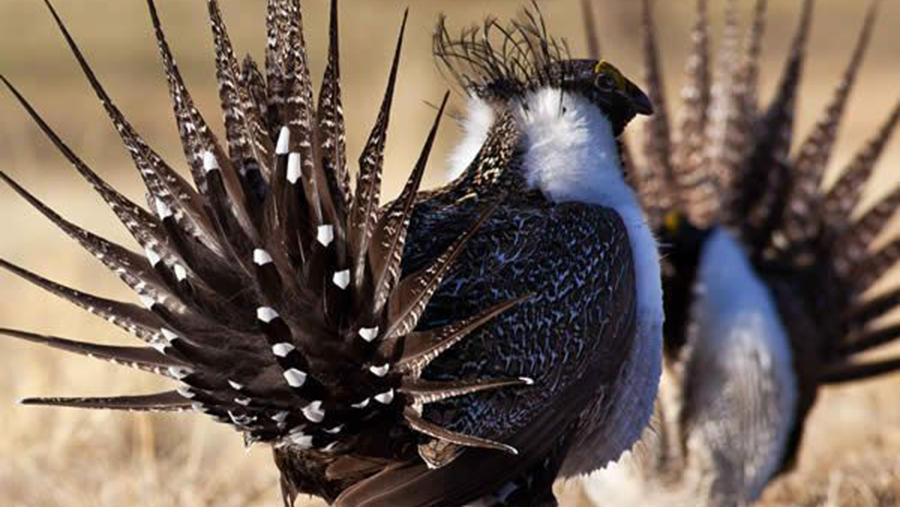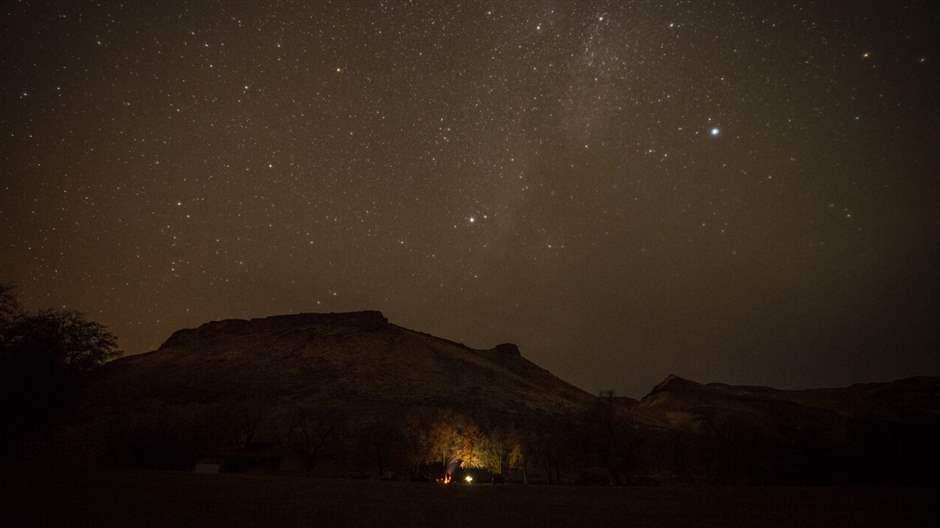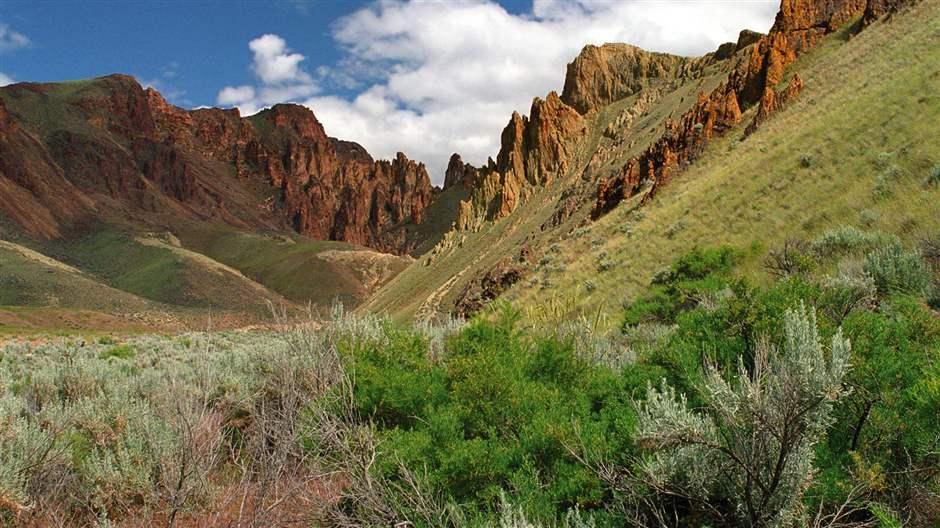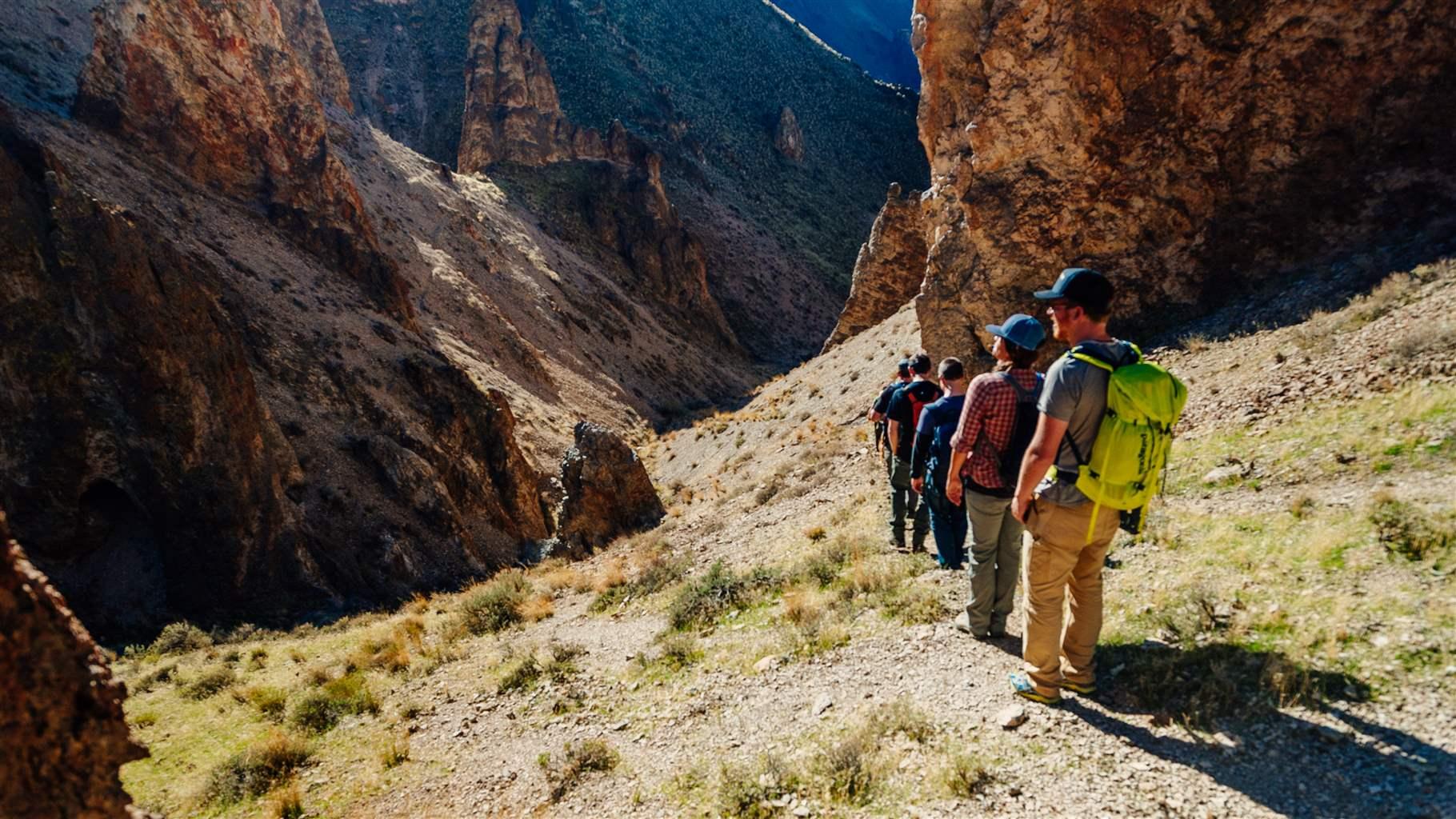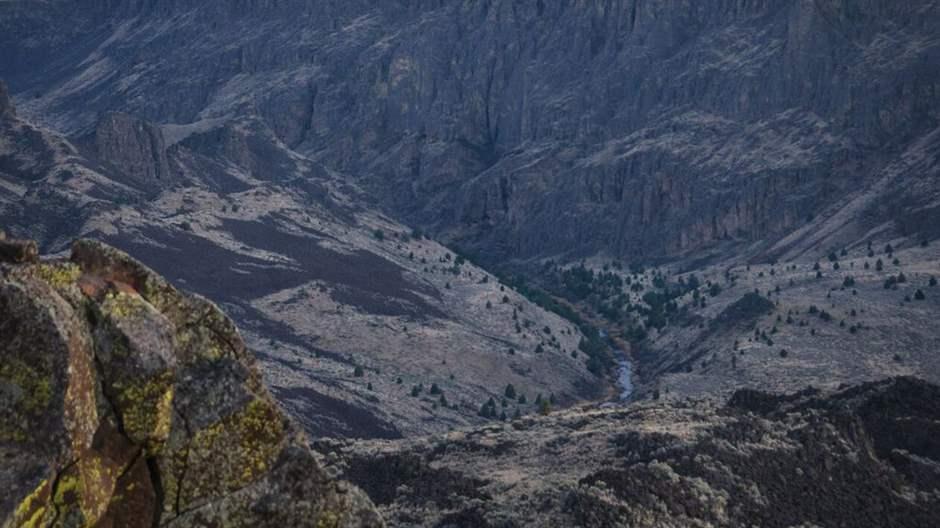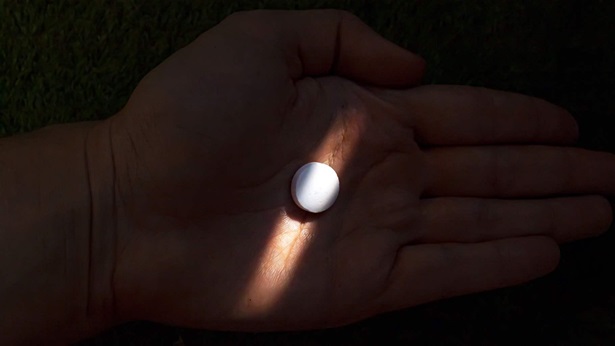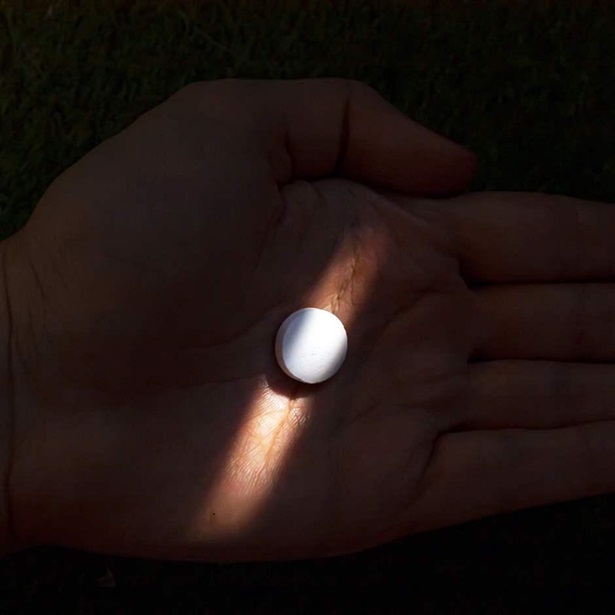5 Reasons to Protect Public Lands in Southeastern Oregon
Strong conservation by BLM will boost the economy, wildlife, communities
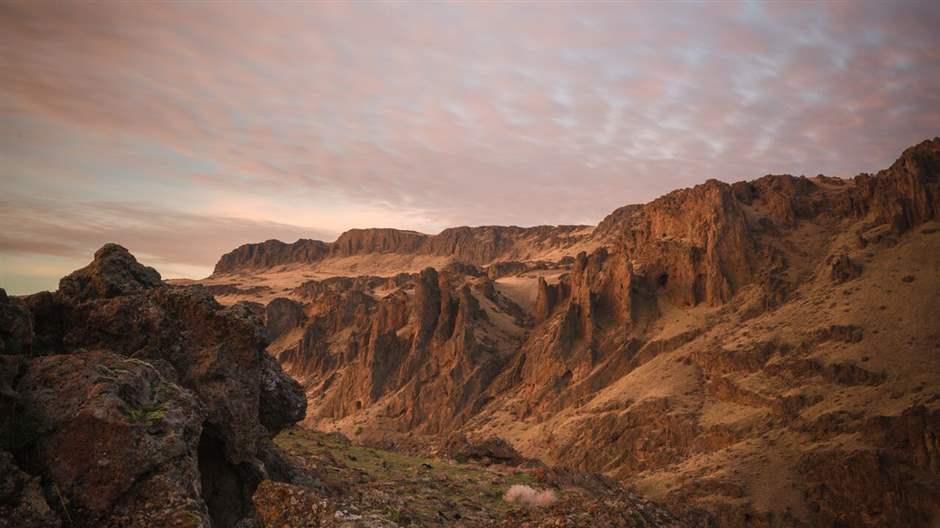
Editor’s Note: On May 31, 2019, the Bureau of Land Management released its draft resource management plan amendment.
In Malheur County, Oregon, nestled along the border with Idaho and Nevada, rest 5 million acres of spectacular canyons and desert. Most of this area—4.6 million acres—falls under the purview of the Bureau of Land Management (BLM), which is expected to release a draft plan soon on how the land is to be used for the next two decades.
The Pew Charitable Trusts is working with the BLM and a range of stakeholders to ensure that the plan balances conservation of habitat and species with recreation.
BLM is incorporating public input into development of the plan and will seek more once it releases the document, a draft resource management plan amendment for the high-desert sage steppe, rugged volcanic tablelands, and deep river gorges, as well as the centerpiece of the region—the Owyhee Canyonlands.
The craggy red-rock canyons were carved over eons by wind and the Owyhee River flowing over layers of basalt rock laid down during ancient volcanic eruptions.
In the uplands, rolling sagebrush-covered hills sweep up to mountains draped in pinyon-juniper woodlands and wildflowers. Wildlife abounds, including sage-grouse, elk, mule deer, bighorn sheep, raptors, and songbirds.
Here are five features of this area that BLM should protect in its plan:
1. Vital wildlife habitat
Hunters, anglers, and wildlife watchers cherish the Owyhee Canyonlands for their blue-ribbon trout streams, craggy volcanic canyons, and vast rolling hills.
Research from 2016 suggests that this landscape has exceptionally high potential as an ecological connector—a place where plants and animals can move across the landscape unimpeded by natural or man-made barriers. In part because this area is remote and intact, it has escaped development. But it might not for long without sound management that protects these public lands and ensures the wildlife here will continue to be sustained.
2. Clear night skies
By protecting the wilderness character of the lands beneath the stars, the BLM can help keep light-producing development at bay in this spectacular region.
3. Epic hiking
The gulch is traversed by the Oregon Desert Trail, a 750-mile unmarked—but well-trod—path through high-desert terrain. The eastern terminus of the trail is in Lake Owyhee State Park, in the heart of the southeastern Oregon planning area. From there, it meanders south and then west through lands managed mostly by the BLM.
4. Economic vitality
In southeastern Oregon, people come to raft and kayak the Class II to V+ rapids on the wild and scenic Owyhee River while viewing petroglyphs carved into the steep canyon walls. Sportsmen vie for a coveted tag to hunt California bighorn sheep. And most who live or visit here help sustain surrounding communities through spending on food, lodging, gear, and guides—all vital parts of the regional economy.
5. Solitude
Pew is working with a diverse local coalition to ensure that the BLM’s forthcoming resource management plan amendment will reflect stakeholder input and safeguard these public lands. A public comment period for the use of this landscape will begin after the BLM releases the amendment.
Ken Rait directs The Pew Charitable Trusts’ western lands initiative.
